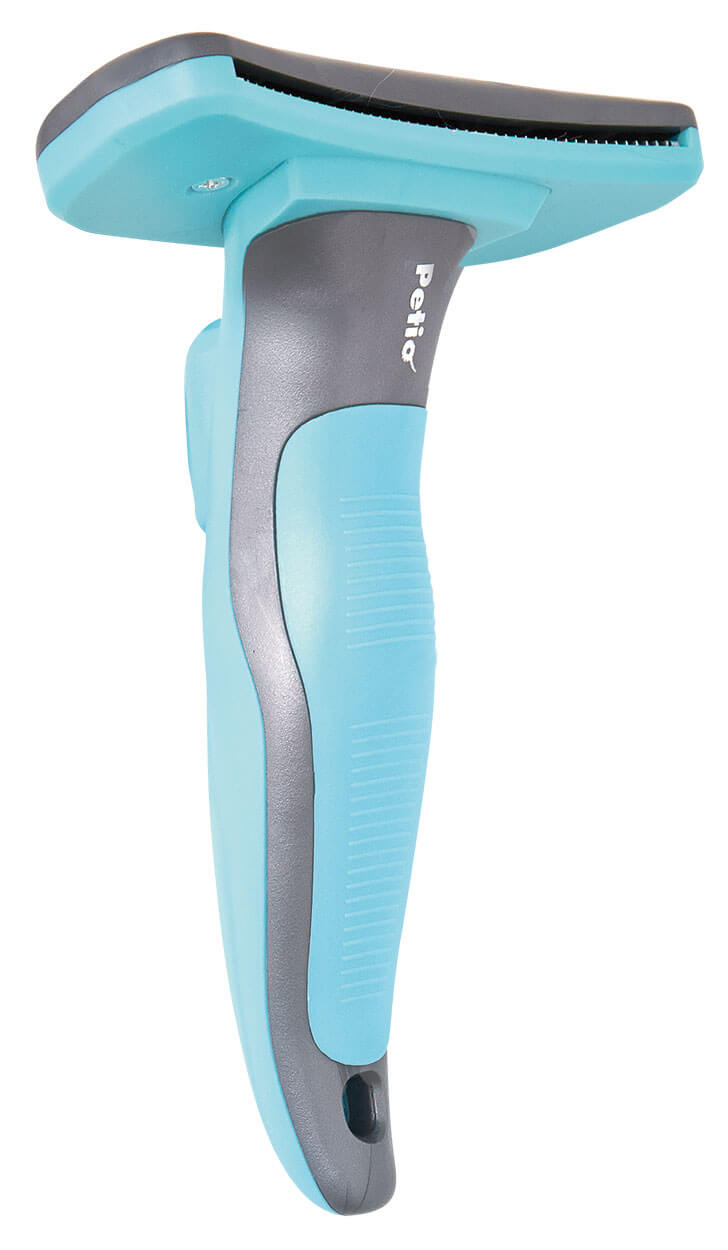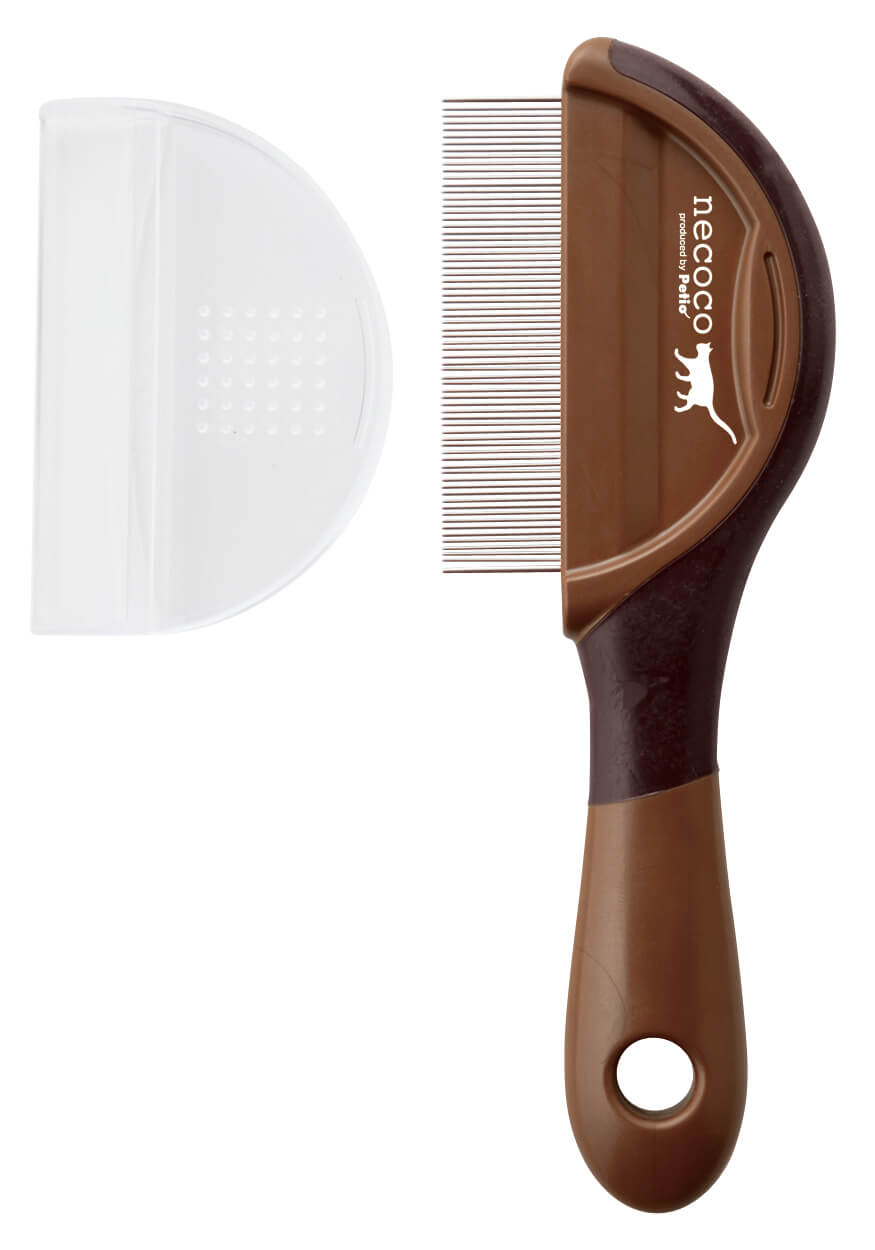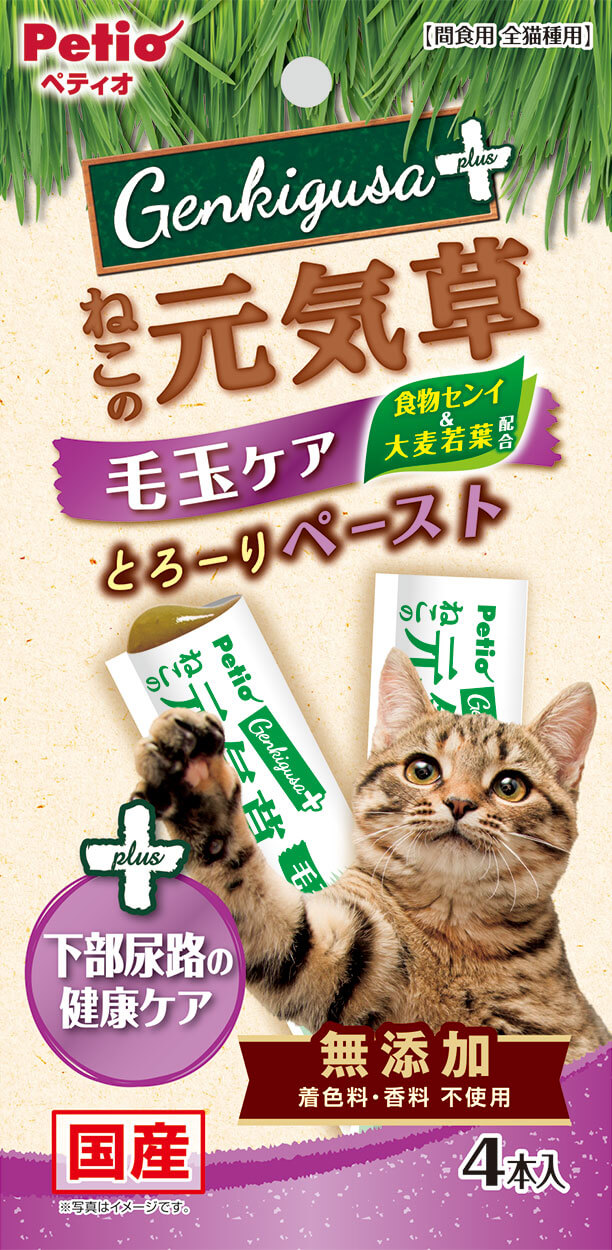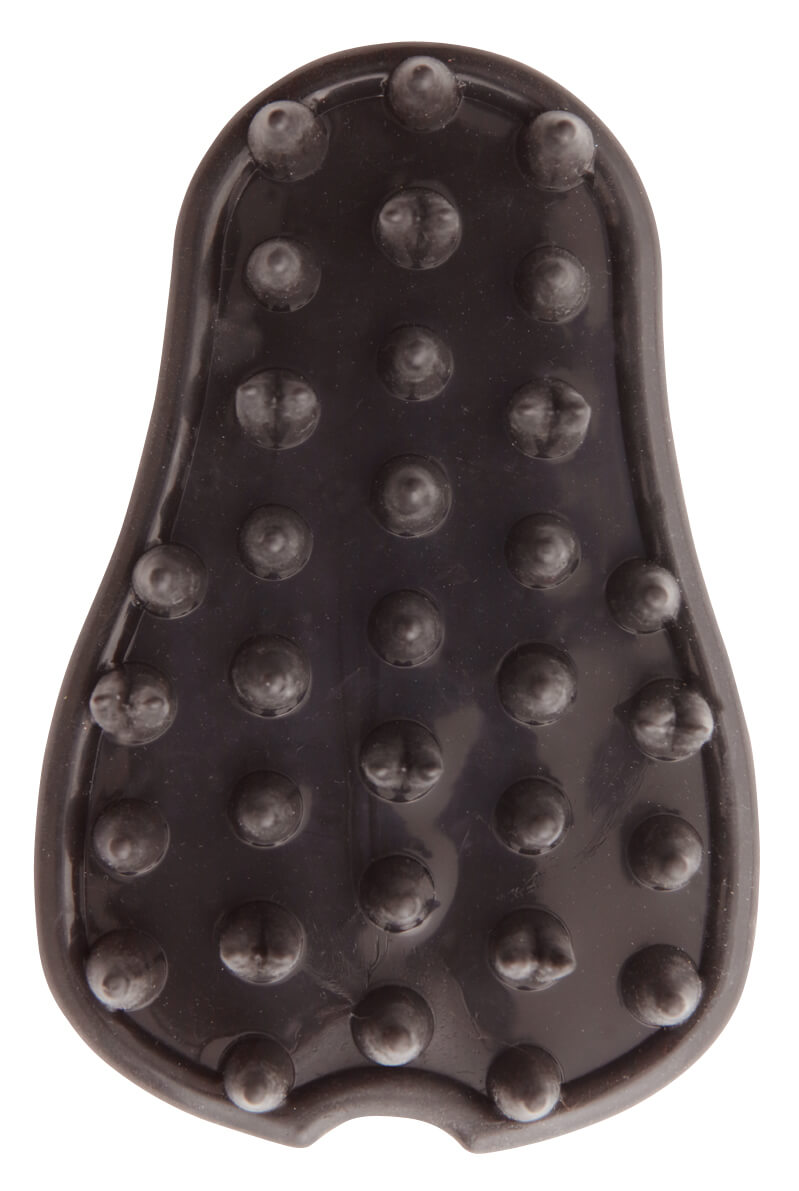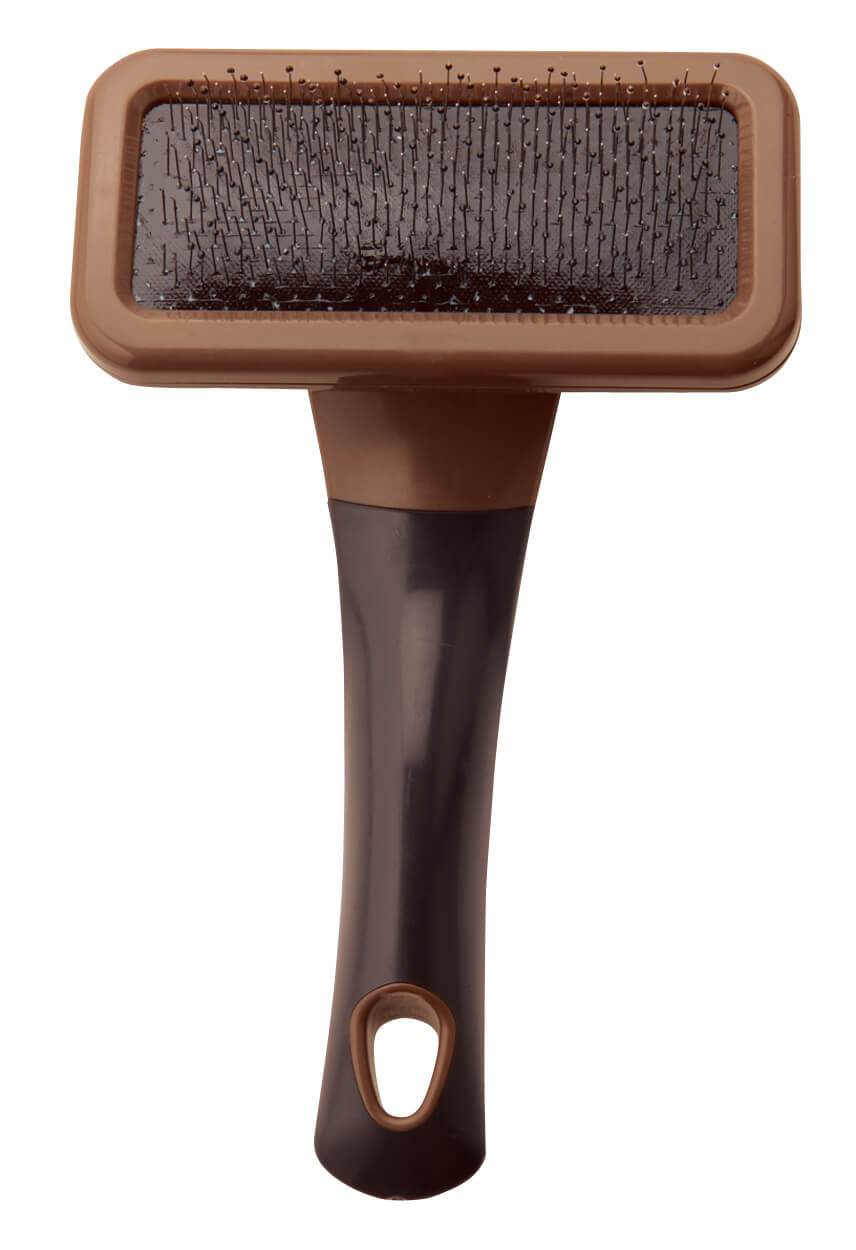Feature / Pickup
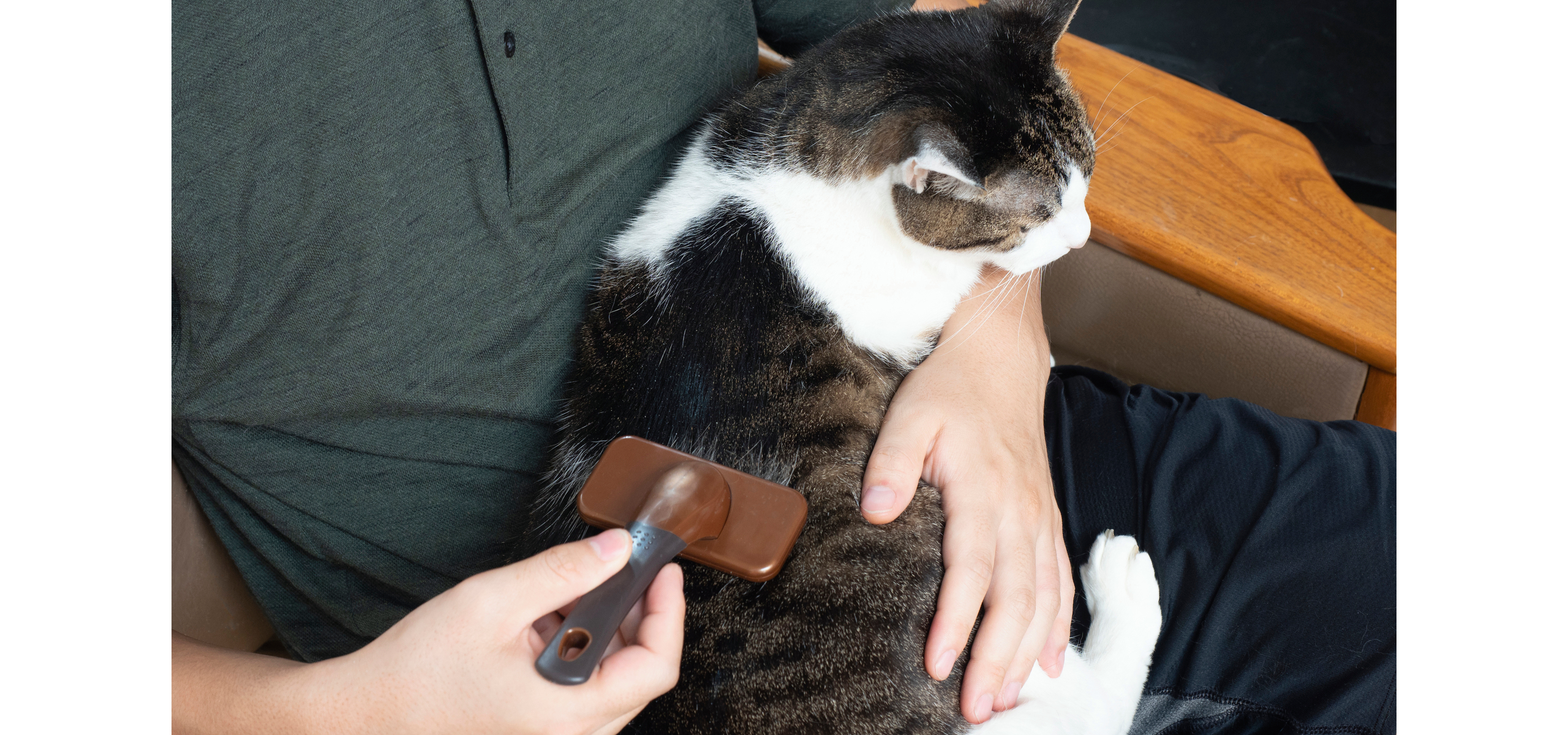
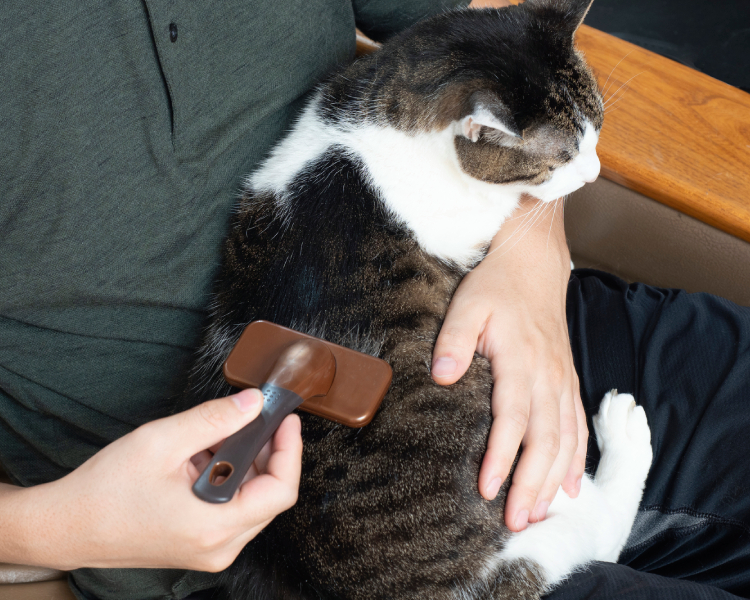
今回は、猫の抜け毛の原因や対処法のほか、部屋を掃除するときのコツなどについて解説しましょう。(最終更新日2024年2月7日)

- What causes cat hair to fall out?
- Trouble and major illnesses caused by hair loss
- How to deal with hair loss to protect the health of cats
- What are the tips for cleaning the room to prevent hair loss?
- Petio's recommended cat hair loss related products
- Take proper measures against hair loss to keep cats and humans healthy
- Frequently Asked Questions
猫の抜け毛Q&A

Supervision
3-918-9 Mukuya, Shimada City, Shizuoka Prefecture
TEL 0547-33-6010
Graduated from the Department of Veterinary Medicine, Faculty of Veterinary Medicine, Kitasato University. He is a part-time lecturer at the Renaissance Pet Academy, a vocational school, and a lecturer at the Japan Pet Massage Association and the Pet Medicinal Food International Association. Participated in rescue activities for animals affected by the Great East Japan Earthquake. In addition to general Western medicine, work on animal health through acupuncture and moxibustion treatment, Chinese medicine, pet massage, etc.
1What causes cat hair to fall out?
There are several possible causes for cat hair loss, such as the ecological characteristics of cats. Specifically, what is the cause?

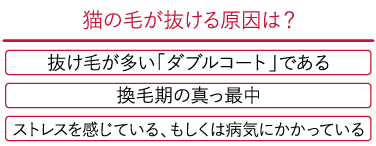
A "double coat" with a lot of hair loss
There are two types of cat coat, "overcoat" and "undercoat".
Overcoat is hard and firm hair that covers the surface of the cat's body, which is also called "guard hair", "top coat", or "upper hair". It blocks light and repels water to protect the skin from external stimuli and maintain a beautiful appearance.
The undercoat is also called "lower hair" and grows at a high density under the overcoat. There are two types of undercoats, "on hair" with long, coarse hair and "down hair" with short, soft and curly hair, both of which play a role in protecting against the cold.
Cats are a "single coat" child whose coat is either an overcoat or an undercoat, and a "double coat" child whose undercoat is under the overcoat. There are two types.
Single-coated cats include Siamese and Bengal for short-haired cats, and Turkish Angora, Turkish Van, and Maine Coon for long-haired cats. Especially, if the coat is an overcoat cat, it is said that there is relatively little hair loss.
On the other hand, double-coated cats include American Shorthair, Russian Blue, Abyssinian, Scottish Fold for short-haired cats, and Norwegian Forest Cat, Persian, and Ragdoll for long-haired cats. In fact, most Japanese cats (hybrid) that are often seen in Japan are said to have double coats. In the case of munchkins, since they are cats born by crossing with various cat breeds, there are many variations in hair color and length, and there are single-coated munchkins and double-coated munchkins.
Double-coated cats have a solid undercoat, which inevitably leads to more hair loss.
In the middle of the moulting period
Cats with undercoats often lose their hair due to changes in temperature due to thermoregulation. In particular, the moulting season comes twice a year, before it gets hot in the summer and before it gets cold in the winter.
The fluffy coat that protected the cold during the winter will fall off in early spring and become a refreshing and cool coat in summer. On the contrary, in autumn, the hair grows into hair that easily stores heat in preparation for the cold of winter. Therefore, hair loss increases during both spring and autumn. It seems that some cats lose more than 10 times more hair than usual during the moulting period.
Feeling stressed or sick
Cats are creatures that are vulnerable to stress caused by changes in the environment. Therefore, stress may cause grooming more than usual. At that time, excessive grooming may increase hair loss.
In addition to stress, hair loss may increase due to the following illnesses and symptoms. If you have any symptoms, we recommend that you consult a veterinary clinic immediately.
・ Flea allergy
Flea allergy is an allergic symptom caused by cat fleas infesting cats. You may feel itchy and bite or scratch your body too much, causing a large amount of hair to fall out of the affected area. When it gets worse, it can cause a rash. Get rid of fleas, treat your skin as soon as possible, and take regular anti-parasitic measures on a regular basis.
・ Food allergies, environmental allergies
Like humans, cats have children with food allergies. Eating foods that contain allergens can cause hair loss with a rash and itching. Stop feeding the causative food and treat it. In addition to the flea allergies mentioned earlier, there are also plant-derived and house dust-derived allergies. If you are worried about allergies, we recommend that you consult a veterinary clinic in advance to have an allergy test.
・ Dermatophytosis
Dermatophytosis is caused by infection with fungi, which are a family of molds. It is a disease that causes a reddish rash around the cat's face, ears, hands, and feet, and causes hair loss in a circular shape. This disease is one of the zoonotic diseases and can be transmitted to humans, so caution is required.
・ Scabies
Scabies is caused by the infestation of a tick called the itch mite, which is a type of parasite. It is characterized by severe itching, and when it develops, the cat may scratch the body violently. Scabies in cats often infects the ears and spreads to the head and face, causing scabies to form on the roots of the hair on the face and edges of the ears, causing the hair to fall out. Symptoms such as rash, dandruff, and redness of the skin are also seen.
Be aware that this disease also carries the risk of infecting humans. Disinfect the towels, blankets, cat beds, etc. that were used by cats until then, and thoroughly remove mites from around the cat, and also carry out treatment for extermination.
・ Cat acne (cat acne)
Cat acne is a cat acne that can occur regardless of age. It is said that it is easy to groom the chin and make it easy for dirt to collect. Initially, when a cat is made, a black stain-like spot is formed on the lower jaw, and as it progresses from there, it becomes red and inflamed and hair falls off. Itching and discomfort can cause cats to scratch their skin and bleed.
If you have a cat, gently wipe it off with a clean towel moistened with lukewarm water. Please do not forcibly scrape it off. It will cause the symptoms to worsen.
2Trouble and major illnesses caused by hair loss
Hair loss in cats can affect not only problems such as dirty rooms, but also the health of cats. Specifically, I will explain what kind of troubles and illnesses it causes.

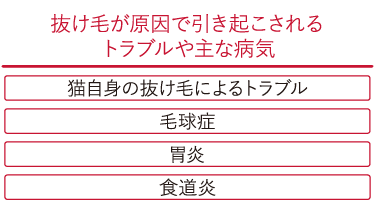
Trouble caused by cat's own hair loss
If a large amount of hair is entangled in the cat's body and becomes entangled, it may become a pill. At this time, if the hairballs remain attached to the cat's body, there is a risk that the hairs will be pulled by the beat of something and irritate the skin, causing inflammation.
Also, if the pills grow large while sticking to the cat's body, or if the number of pills increases and the hair gets kinked, it will be difficult to cut at home. In that case, have them treated at a veterinary clinic or trimming salon.
Hairball disease
Cats are always grooming. If you continue grooming with a lot of hair loss on your body and swallow a large amount of hair, the hair loss will become pills in the gastrointestinal tract, which may irritate the mucous membrane in the gastrointestinal tract and lead to illness.
Hairball disease is a disease in which swallowed hair loss becomes hairballs, which become larger lumps and accumulate in the gastrointestinal tract. Small pills can be spit out, but be aware that depending on the size of the lump, it may clog the intestines and require laparotomy.
gastritis
When pills accumulate in the stomach, they continue to irritate the mucous membranes and become rough, which can cause gastritis. Gastritis can lead to loss of appetite and symptoms such as diarrhea and vomiting.
Esophagitis
Frequent vomiting to get lumpy hairballs out of the body in the gastrointestinal tract can cause reflux gastric acid to irritate the esophagus and cause esophagitis. Symptoms include heartburn due to hypersensitivity of the esophagus, and when food is swallowed, it is exhaled before it reaches the stomach. If you leave it as it is, it will lead to a decrease in appetite, so be careful.
3How to deal with hair loss to protect the health of cats
Hair loss in cats that can be harmful to the health of cats if left untreated. How should I deal with it? Here are some specific solutions.

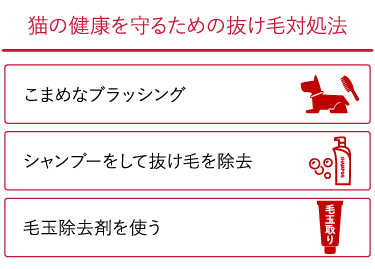
Diligent brushing
Frequent brushing is still effective to prevent cats from swallowing hair loss and scattering hair loss in the room. The tools and brushing procedures used for short and long hair are slightly different.
・ For short hair type
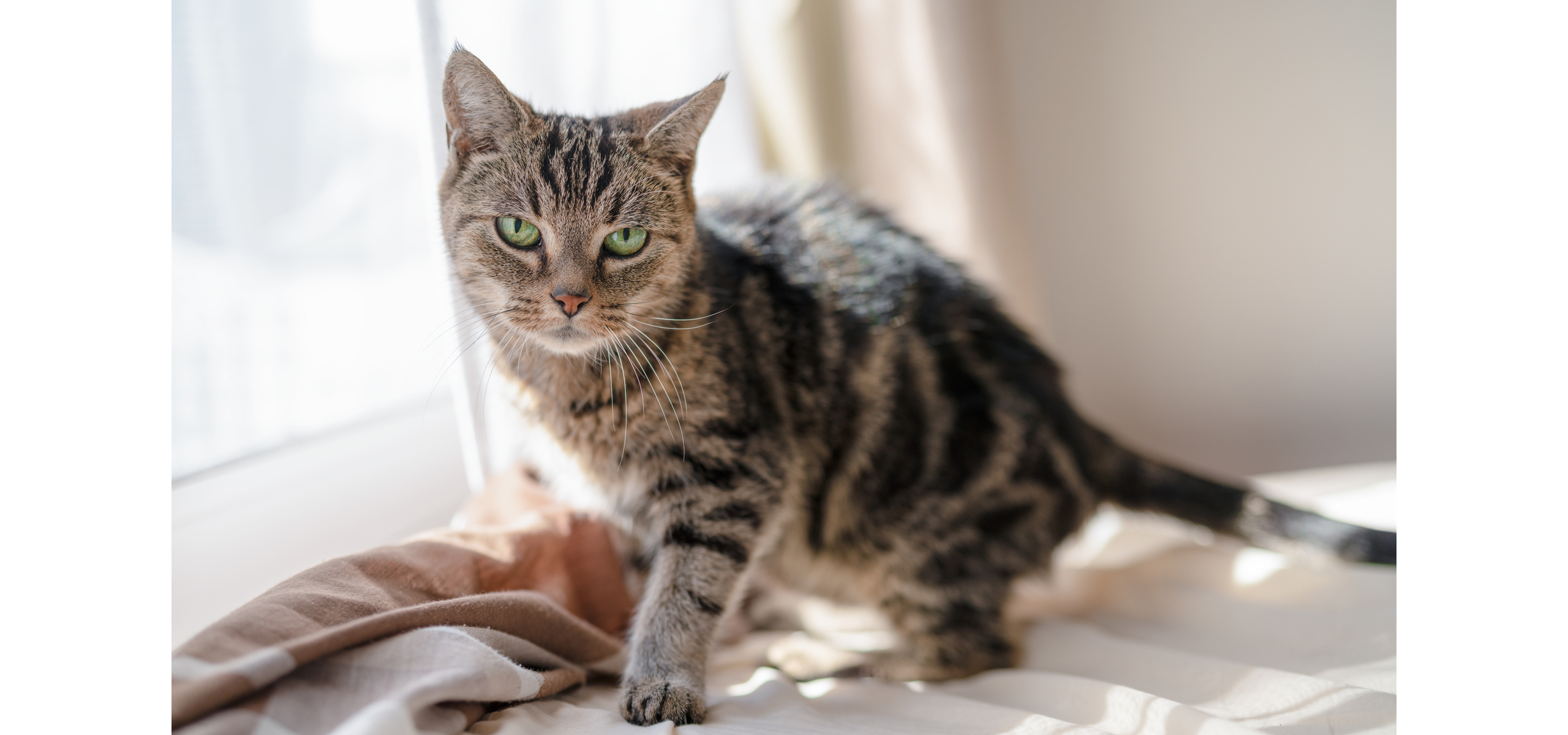
For short hair types, prepare a rubber brush and comb. First, brush your back from the back of your neck to your buttocks. Next, brush from the armpits to the hind legs and tummy while removing hair loss. Carefully trim the neck and tail, and gently comb the face and legs.
The frequency of brushingFor short-haired species, it's a good idea to do it 2-3 times a week. However, it is done once a day during the moulting period.Is ideal.
・ For long-haired species
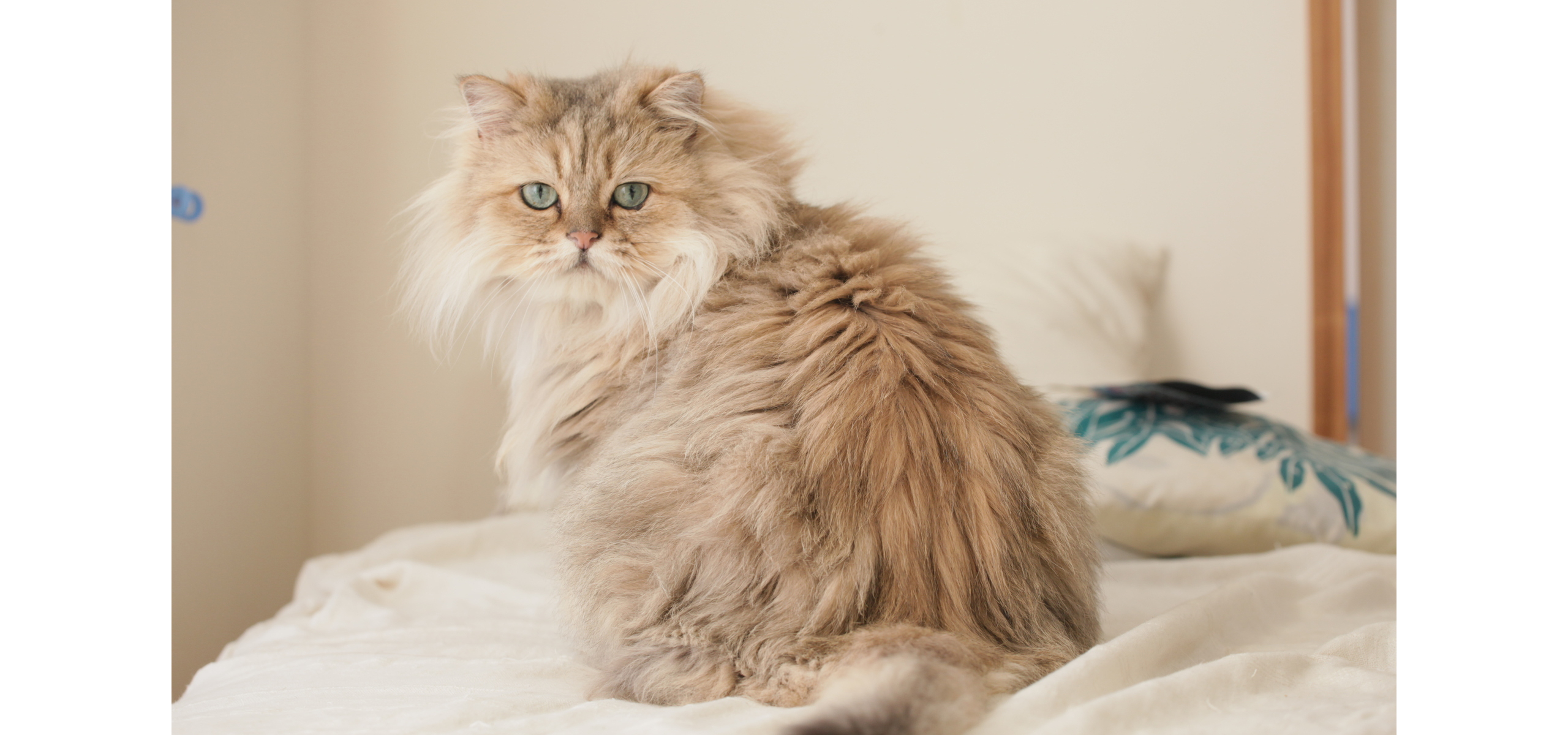
For long-haired breeds, prepare a comb, pin brush, and slicker brush. First, comb the entire body with a comb or pin brush. Hairballs are especially likely to form on the back of the ears, underarms, and at the base of the tail and hind legs, so gently comb them to loosen the hairballs and tangles.
Next, brush in earnest with a slicker brush. The order is the same as for short hair, but in addition, don't forget to brush your tummy, inner thighs, and back of your ears from your armpits. When using the slicker brush and comb, be careful not to damage your skin.
The frequency of brushingFor long-haired breeds, it is recommended to go once a day. Once you're in the moulting season, I'll go twice a dayAnd you will be less worried about hair loss.
Shampoo to remove hair loss
Basically, cats do not need to shampoo forcibly, but shampooing at the timing of moulting is effective in removing hair loss. In particular, short-haired cats can remove a lot of hair with a single shampoo.
However, if you dislike cats, it will lead to stress, so just wiping your body with a warm wet towel or a body towel for cats will be quite refreshing. By brushing firmly before and after shampoo, you can prevent tangling and pilling of hair after shampooing.
Use a pill remover
Depending on the condition of the cat, it may be a good idea to use a pill remover. The hairball remover plays a role in excreting the hairballs accumulated in the cat's body. If you frequently vomit hairballs, one option is to try to avoid esophageal and stomach ailments. Some hoods can be expected to have the effect of removing hairballs, so it is recommended that you consult with a veterinary clinic.
4What are the tips for cleaning the room to prevent hair loss?
Leaving a cat's hair loss indoors not only causes the cat to get sick, but also poses a risk to humans such as allergies. Some owners say that they allergic to cats during the moulting period, so it is necessary to reduce indoor allergens (causative substances) for prevention.
In addition, cat hair loss can be a hotbed for germs. Take proper measures against hair loss and prepare the indoor environment. Here are two tips for cleaning your room to prevent hair loss.
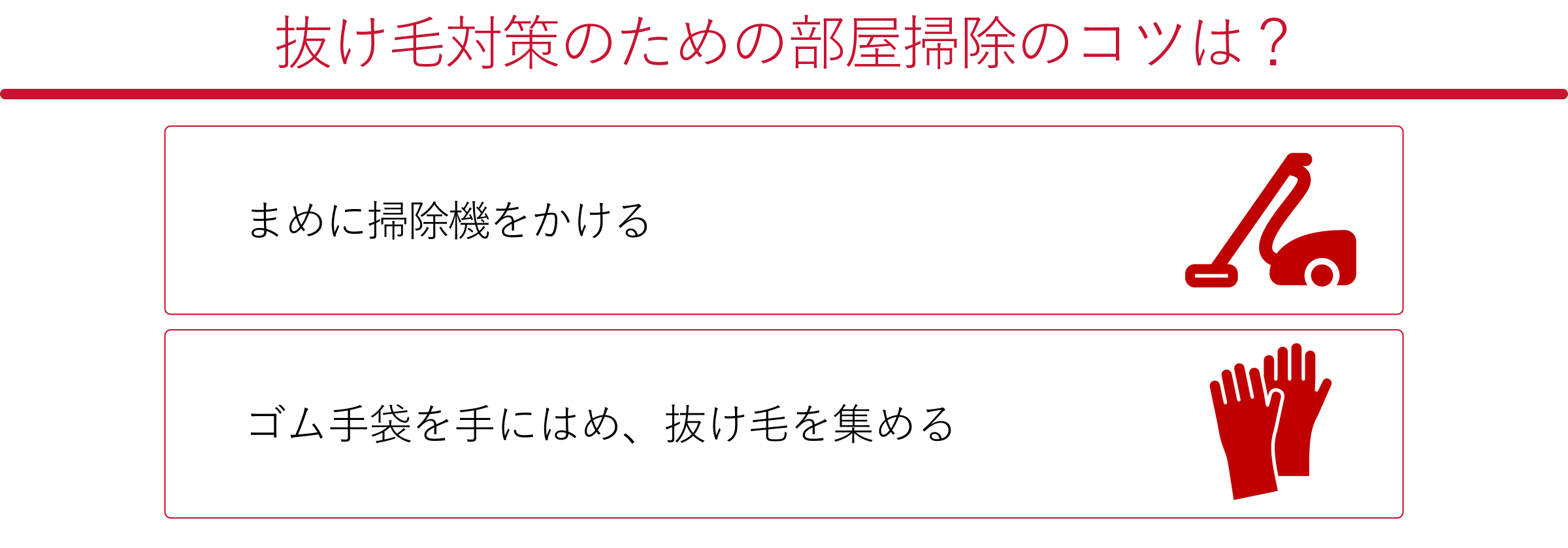
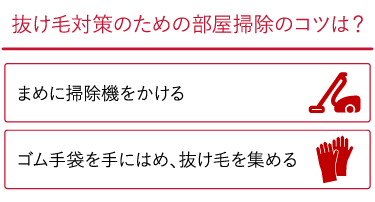
Vacuum diligently
The best way to clean a room to prevent hair loss is to clean it frequently. When vacuuming, there are tips on how to vacuum depending on the floor material.
In the case of a carpet, apply it so that the hair is raised. Let's hang the flooring along the grain. In the case of tatami mats, stop on the groove for a few seconds and slowly suck up.
Cat hair loss is light and easy to fly up, so it doesn't just collect on the floor. You can clean the room more efficiently by removing the hair from the curtain rod or the air conditioner with a duster and then vacuuming.
Put on rubber gloves and collect hair loss
In addition to vacuum cleaners, adhesive rollers are also useful for collecting cat hair loss, but rubber gloves are useful for removing hair loss on finer areas and cat towers.
Hair loss adheres to the surface of the rubber just by rubbing it on your hand and can be easily removed.
5Petio's recommended cat hair loss related products
Petio also has a large selection of products that help prevent hair loss in cats. Here are three particularly recommended products.
Featured Products
-
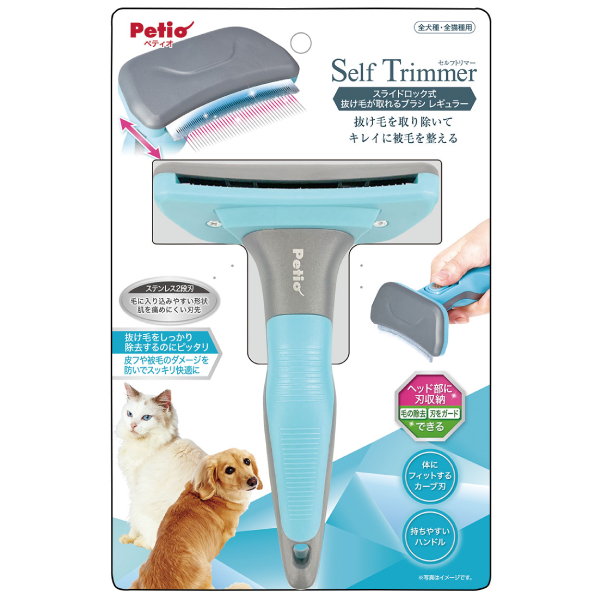 Self Trimmer Slide lock type Brush regular to remove hair lossThis product is a brush that makes it easy to remove hair loss and undercoat. The two-step stainless steel blade structure that does not easily damage the skin removes hair loss and pills. Since the blade can be stored in the head part, the hair on the blade can be easily removed, and the blade can be protected and safely stored. With an easy-to-hold handle, you can easily care for your cat.
Self Trimmer Slide lock type Brush regular to remove hair lossThis product is a brush that makes it easy to remove hair loss and undercoat. The two-step stainless steel blade structure that does not easily damage the skin removes hair loss and pills. Since the blade can be stored in the head part, the hair on the blade can be easily removed, and the blade can be protected and safely stored. With an easy-to-hold handle, you can easily care for your cat. -
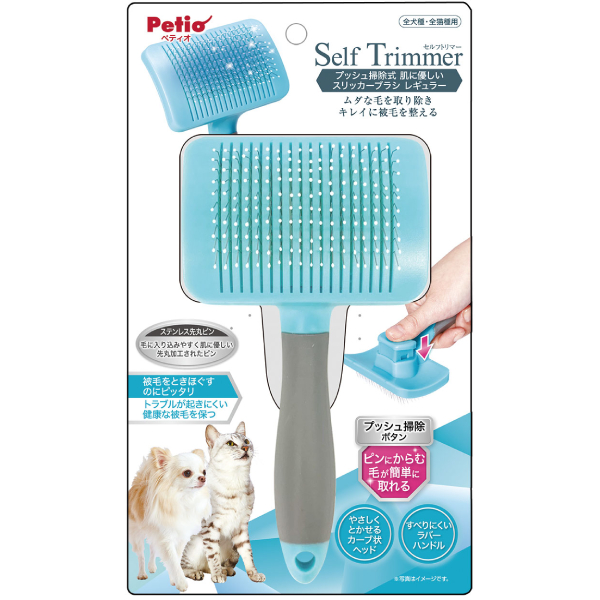 Self Trimmer Push Cleaner Skin-friendly Slicker Brush RegularThis product is a slicker brush with a rounded pin and curved head that is gentle on the cat's skin. Since the stainless steel pin has a thin shape and a rounded tip, it has a structure that easily penetrates into the hair and is gentle on the skin, so it is safe for sensitive cat skin. The head has a push cleaning button that pushes out and removes hair entangled in the pins, making it easy to clean the brush after use.
Self Trimmer Push Cleaner Skin-friendly Slicker Brush RegularThis product is a slicker brush with a rounded pin and curved head that is gentle on the cat's skin. Since the stainless steel pin has a thin shape and a rounded tip, it has a structure that easily penetrates into the hair and is gentle on the skin, so it is safe for sensitive cat skin. The head has a push cleaning button that pushes out and removes hair entangled in the pins, making it easy to clean the brush after use. -
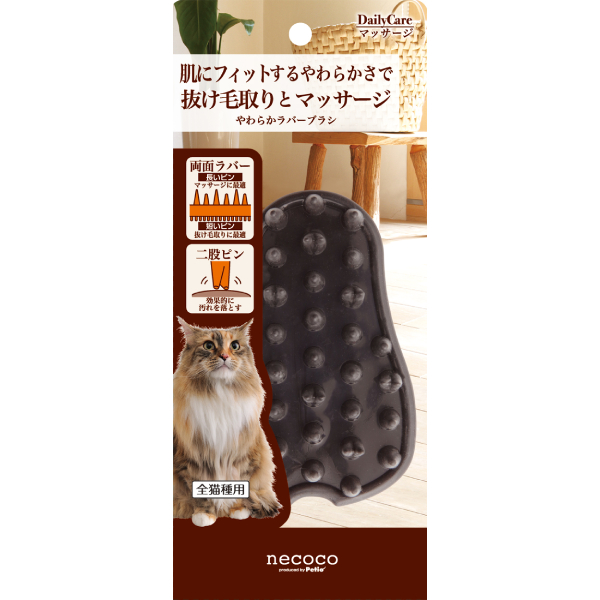 necoco cat soft rubber brushThis product is a soft rubber brush that is gentle on the skin of cats. A sticky rubber that fits the skin entangles hair loss. The double-sided structure of a long pin that is ideal for massage and a short pin that is highly effective in removing hair loss allows you to use it according to your needs. Gently brush with the palm of your hand so that it wraps around the entire brush.
necoco cat soft rubber brushThis product is a soft rubber brush that is gentle on the skin of cats. A sticky rubber that fits the skin entangles hair loss. The double-sided structure of a long pin that is ideal for massage and a short pin that is highly effective in removing hair loss allows you to use it according to your needs. Gently brush with the palm of your hand so that it wraps around the entire brush.
6Take proper measures against hair loss to keep cats and humans healthy
Hair loss in cats is something that always comes out to maintain the changing seasons and physical condition. It is important to maintain and clean the cat frequently to improve the physical condition of the cat and the environment of the room. If you have unnatural hair loss or the cat looks different than usual, you may be hiding your illness, so be careful.
Take proper measures against hair loss and enjoy living with cats while maintaining good health.
7
Frequently Asked Questions
猫の抜け毛Q&A
- What causes cat hair to fall out?
-
アンダーコートのある猫たちは体温調節のため、気温の変化により毛が抜けることが多くなります。特に、夏の暑くなる前と冬の寒くなる前の年に2回換毛期が訪れ、その時期には抜け毛が多くなります。その他にもストレスによっていつも以上に毛づくろいを行うことで抜け毛が増えてしまったり、ストレス以外にも、病気やアレルギー症状が原因で抜け毛が増えてしまうこともあります。
- 猫の抜け毛が原因のトラブルや主な病気は?
-
猫の体に大量の抜け毛がからまったままもつれてしまうと、そのまま毛玉になってしまい、何かに引っかかった拍子に毛が引っ張られて皮膚への刺激となり、炎症を起こしてしまうリスクがあります。その他にも毛球症や胃炎、食道炎の原因となってしまう可能性があります。
- 猫の抜け毛対処法は?
-
猫が抜け毛を飲み込んでしまったり、抜け毛が部屋に散乱したりしないためには、やはりこまめなブラッシングが効果的です。また、基本的に猫は無理にシャンプーをする必要はありませんが、換毛期のタイミングなどでシャンプーをしてあげれば、抜け毛の除去に効果的です。猫の状態によっては、毛玉除去剤を使用するのもいいでしょう。
Special feature that you want to check together
-
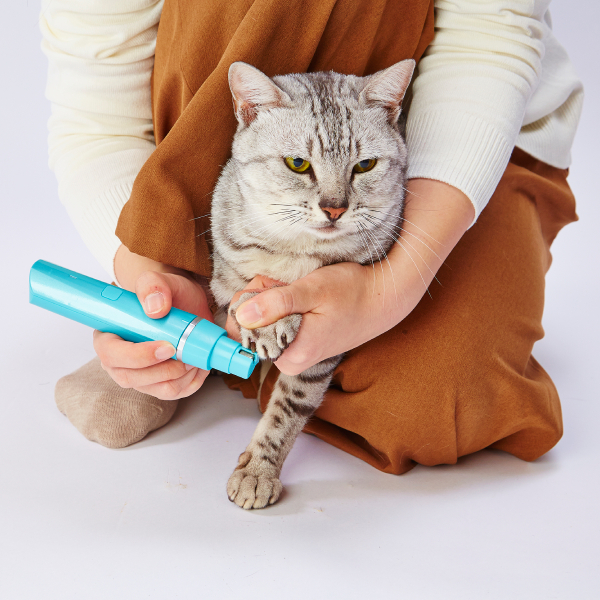 [Veterinarian supervision] How to cut a cat's nails? Introducing tips on how to cut nails
[Veterinarian supervision] How to cut a cat's nails? Introducing tips on how to cut nails -
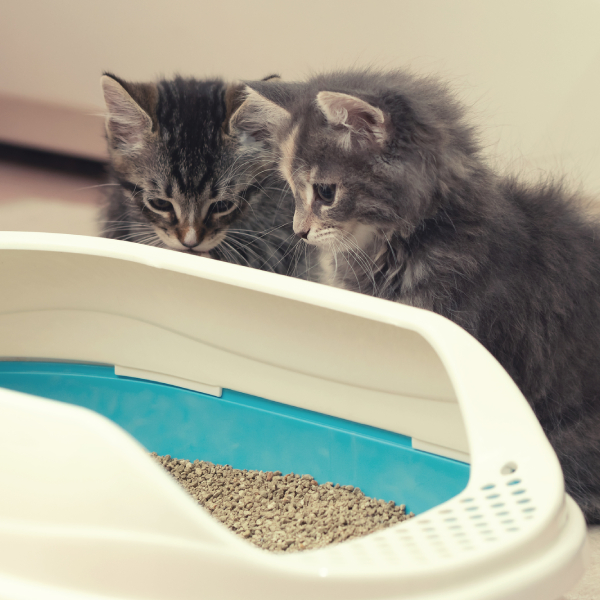 [Veterinarian supervision] How to train a kitten's toilet? Explaining how to create a good environment
[Veterinarian supervision] How to train a kitten's toilet? Explaining how to create a good environment -
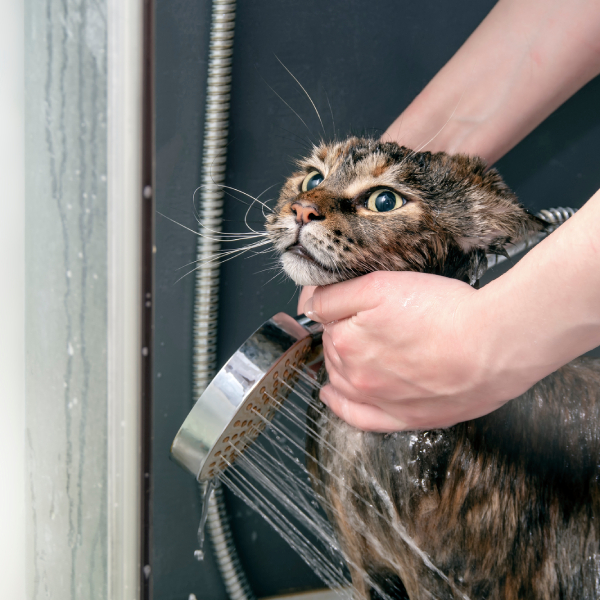 [Veterinarian supervision] Explains how to shampoo cats and tips for choosing shampoo
[Veterinarian supervision] Explains how to shampoo cats and tips for choosing shampoo -
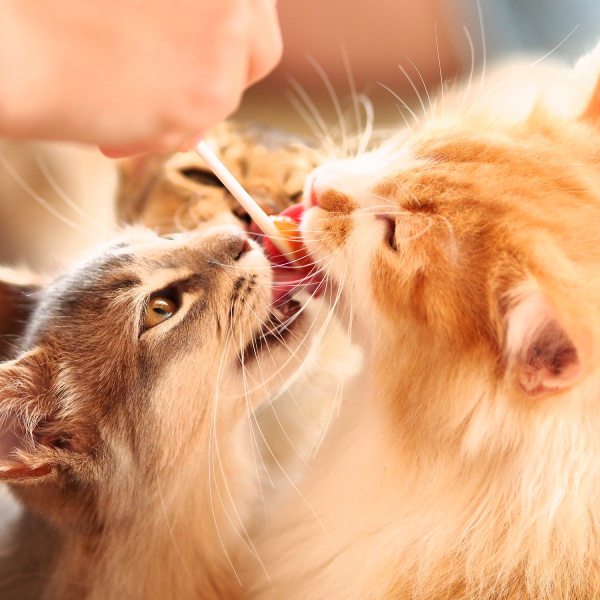 [Veterinarian supervision] Is it OK to give a snack to a kitten? Explain the type and how to give
[Veterinarian supervision] Is it OK to give a snack to a kitten? Explain the type and how to give -
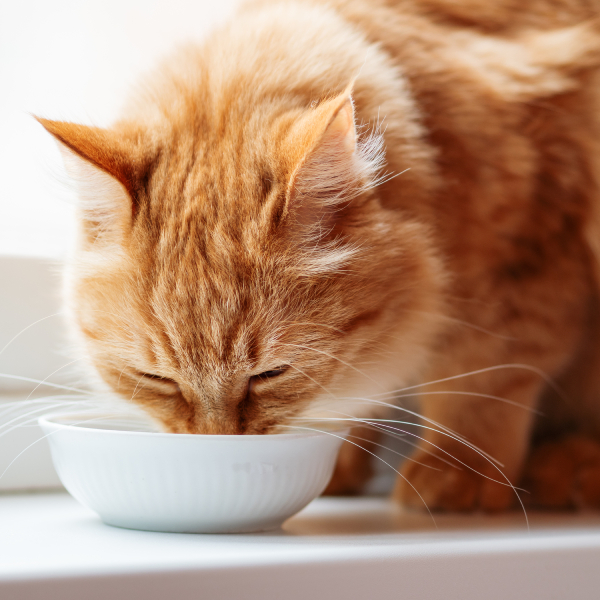 [Veterinarian supervision] Explains how to feed kittens and points to choose rice
[Veterinarian supervision] Explains how to feed kittens and points to choose rice -
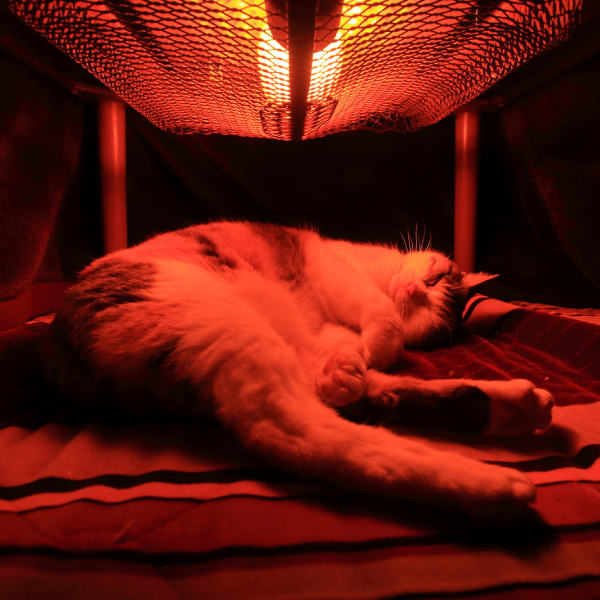 [Supervised by a veterinarian] Why are cats attracted to kotatsu? Explanation of points to note
[Supervised by a veterinarian] Why are cats attracted to kotatsu? Explanation of points to note
